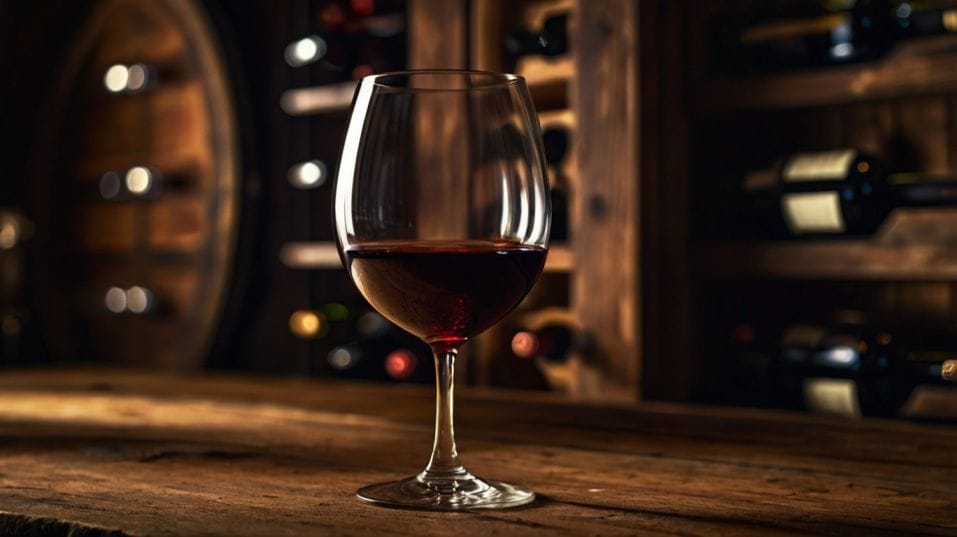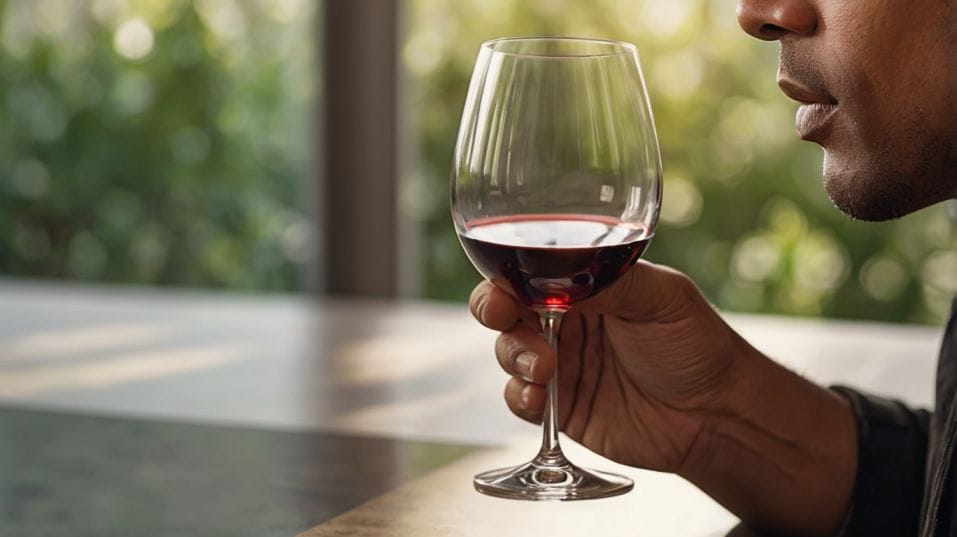The Simple Difference Between Aroma and Bouquet
Learn the simple but game-changing difference between aroma and bouquet to taste smarter, speak confidently, and enjoy wine on a deeper level.

Ever swirl a glass of wine and wonder what you're really smelling?
If you're just starting your wine journey, you’ve probably heard terms like “aroma” and “bouquet” tossed around—but what do they actually mean? The difference is simple, yet powerful.
Understanding it unlocks a new level of tasting, helping you make better choices, talk with confidence, and connect more deeply with every glass. This guide breaks it down so you’ll never sniff blindly again.
What You Smell First—and Why It Matters
Every wine has a nose, the combination of scents that rise from the glass. But not every part of that nose is created the same way.
The terms aroma and bouquet divide that sensory landscape into two essential categories. Once you understand them, tasting becomes less of a mystery and more of a dialogue between you and the wine.
This isn’t about showing off vocabulary. It’s about sharpening perception—tuning your senses to read what the wine is trying to tell you. Aroma gives you the voice of the grape. Bouquet reveals the passage of time. Both are worth listening to.

Aroma: The Grape’s First Impression
Think of aroma as the wine’s opening line. It’s fresh, direct, and tied closely to the grape variety and fermentation.
These are what professionals call primary aromas—scents like lime and green apple in Riesling, black cherry in Merlot, or violet in Malbec. They tend to be clear, vibrant, and fruit-forward.
These characteristics are shaped by the grape’s own compounds (called terpenes and thiols) and the earliest stages of winemaking. Cold fermentation might preserve a bright, floral nose.
Warmer fermentation could coax out spice or tropical fruit. In either case, aroma is the clearest expression of the grape’s identity.
Reading a wine’s aroma helps you answer important questions:
- What grape is this?
- Where might it come from?
- Is it meant to be enjoyed young, or is there more to uncover?
When you're starting out, paying attention to aroma builds your sensory memory. Every time you name a scent—peach, mint, cranberry—you give your palate more precision. And that precision stays with you.
Bouquet: The Layered Voice of Time
Where aroma is about youth and clarity, bouquet speaks of transformation. It develops through aging—whether in oak, stainless steel, or bottle.
This is where the wine’s secondary and tertiary notes emerge. You might smell toasted nuts, vanilla, leather, dried fruit, mushroom, or earthy undertones.
These aren’t flavors the grape carried from the vineyard—they’re developed over time through chemical reactions involving oxygen, tannin, and acidity.
A Useful Distinction
Here’s a useful way to think about it: Aroma is what the grape was. Bouquet is what the wine has become.
Wines with a strong bouquet often require a bit of patience. You may need to decant them. Let them breathe. Give them space to open up.
What starts as a tight or neutral nose can shift dramatically over an hour. And what you smell at the end of the glass might surprise you.
Bouquet also helps you track maturity. A wine just entering its bouquet phase may still show some fruit, but with a softened edge.
A wine at its peak will have fully integrated aromas and deeper complexity. If the bouquet dominates and the fruit is gone, the wine may be past its prime.
Knowing how to spot bouquet trains you to think like a seasoned taster. It teaches you how wine evolves—and what to expect from a bottle that’s been properly aged.
How to Practice Telling Them Apart
You don’t need a side-by-side masterclass to start noticing the difference between aroma and bouquet. You just need time, focus, and curiosity.
Start with a younger wine, something from a recent vintage. Pour a glass and take a moment to smell before sipping. Note what jumps out—fresh fruit, floral hints, herbal edges. These are aromas, and they usually hit you quickly.
Now try an older wine. Let it sit for a minute. Swirl. Smell again. What you notice now might be subtler but more layered—dried leaves, worn leather, tobacco, forest floor.
These are elements of bouquet. They take longer to reveal themselves and often linger after the fruit has faded.
Even within a single bottle, the transition from aroma to bouquet can happen in real time. Pour a glass, wait ten minutes, and you may start to detect more savory or oxidative notes. That’s the bouquet unfolding, even as you drink.
Understanding this shift makes every glass more interesting. You’re no longer just tasting a flavor—you’re witnessing a transformation.
Why It Changes the Way You Drink
When you know how to distinguish aroma from bouquet, you gain a deeper sense of what wine is. It’s not just a beverage—it’s a living, evolving thing.
Every bottle carries both its origin and its history. You stop judging wines purely on intensity or boldness. Instead, you start asking better questions:
- Is this wine still expressing its fruit, or is it showing age?
- What has time added—or taken away?
- Is the bouquet balanced, or is it overpowering the structure?
This isn’t just about technical accuracy. It’s about enjoyment. Recognizing bouquet helps you appreciate wines you might have dismissed before.
It adds dimension to what you're tasting. It makes older bottles more approachable, younger bottles more transparent, and your own preferences more informed.
Final Thoughts
Knowing the difference between aroma and bouquet isn’t about jargon—it’s about seeing wine with greater depth.
Aroma helps you understand what the wine is. Bouquet reveals what it’s becoming. Together, they give you a fuller picture and a richer tasting experience.
So tonight, try this: pick one wine you love and give it five minutes in the glass. Smell it once at the start. Then again after a swirl. Then again before your last sip. What changed? What deepened? That’s the wine’s bouquet coming alive.
Every glass is a chance to train your senses. Take it. Trust them. And let each new bottle push your understanding just a little further.




